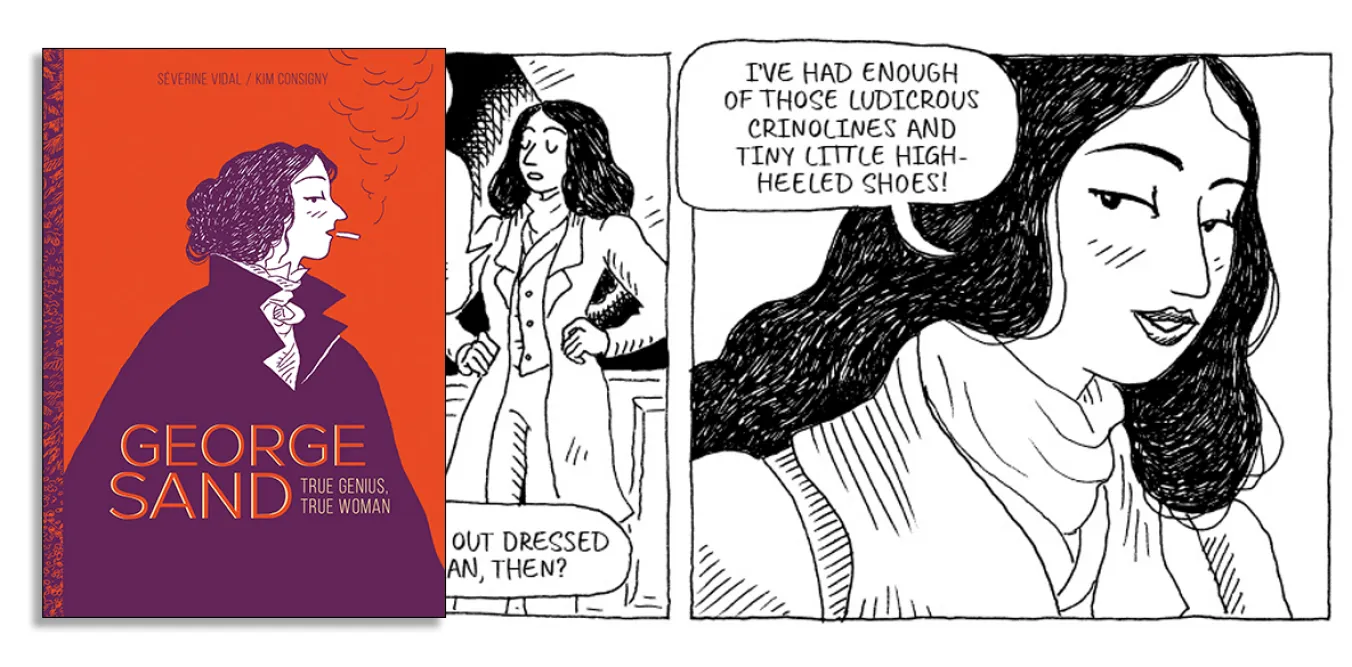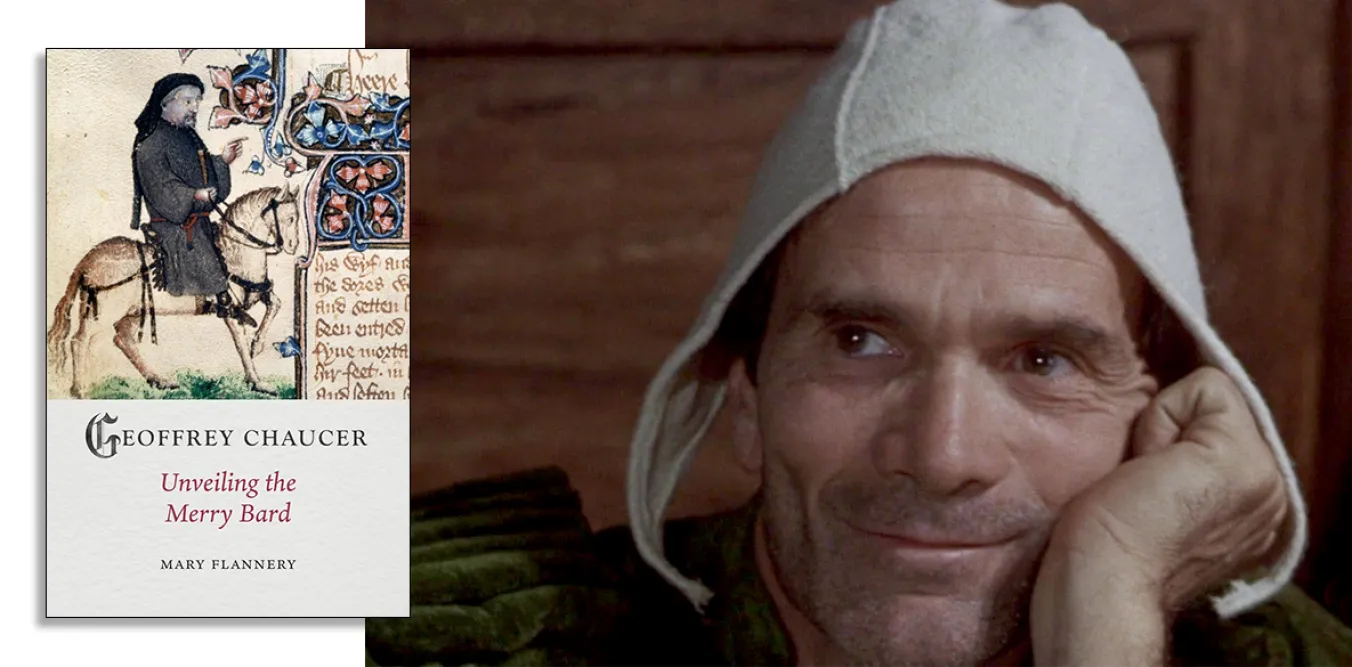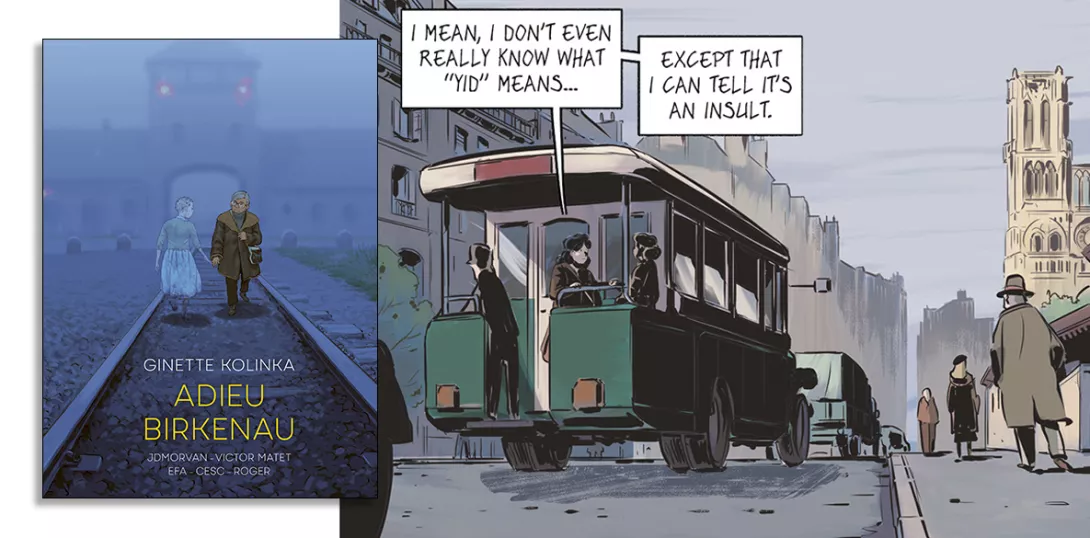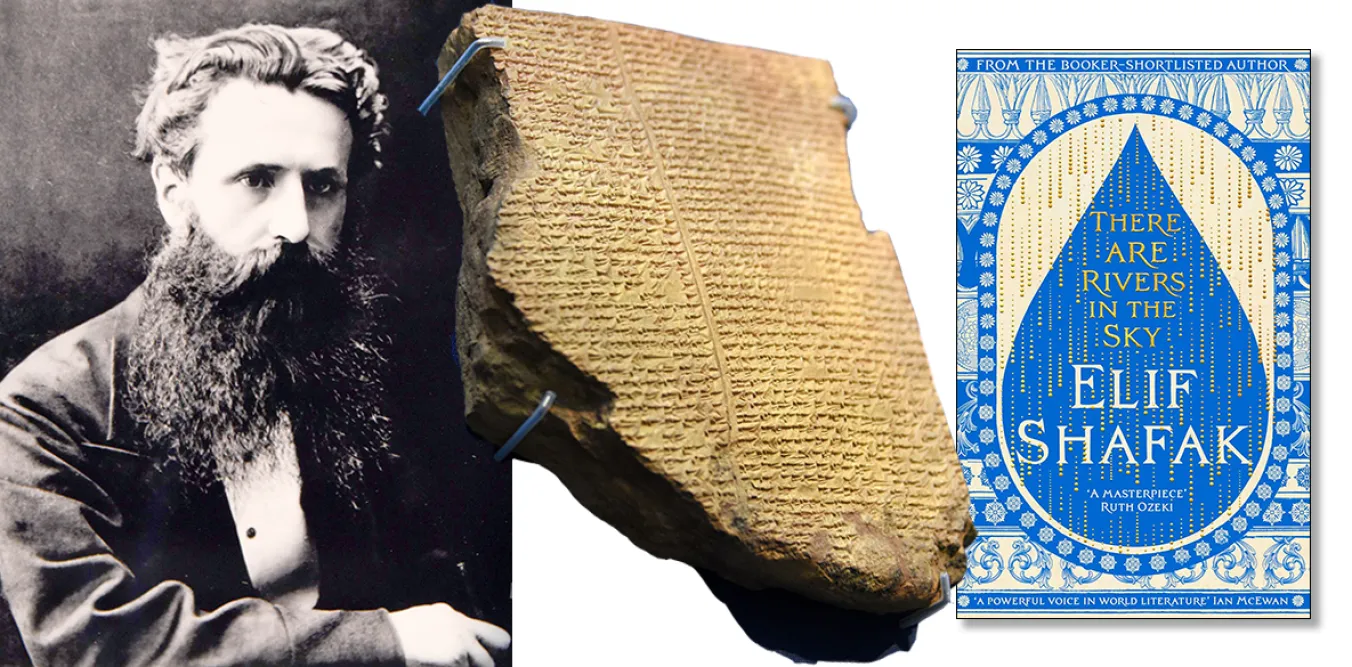The Star's critic MARIA DUARTE recommends an impressive impersonation of Bob Dylan
Cross-dressing novelist
GORDON PARSONS welcomes a graphic biography of George Sand, the most popular French novelist in 19th-century Britain

George Sand: True Genius, True Woman
Severine Vidal & Kim Consigny, SelfMadeHero, £18.99
OURS is essentially a visual age, a fact which must explain why graphic novels have exploded in popularity in recent years, with one American market research company recording over 16 million copies sold last year, and Penguin Random House aiming to see “a graphic novel on every bookshelf.”
What might more accurately be called a graphic biography, this life of George Sand portrays an author generally better known, if at all today, for her relationship to Chopin. She was in fact by far the most popular French novelist in 19th-century Britain.
More from this author

GORDON PARSONS recommends an ideal introduction to the writer who was first to give the English a literary language

GORDON PARSONS relishes a fast moving production of Sheridan’s comic masterpiece

GORDON PARSONS relishes a play that reveals how language carries much more than simple communication

GORDON PARSONS appreciates a very necessary exploration of the benefit of knowing more than one language
Similar stories

LEO BOIX selects the best books of fiction, poetry, and non-fiction written by Latinx and Latin American authors published this year

FIONA O’CONNOR detects contemporary relevance in the depiction of a society heading into the abyss while the world does nothing

JOHN GREEN is frustrated by an ambitious novel that stretches the imagination to breaking point

Waorani leader Nemonte Nenquimo, Afro-Colombian writer Velia Vidal, and an anthology of Latin American writers decolonising the written archives of the British Museum









